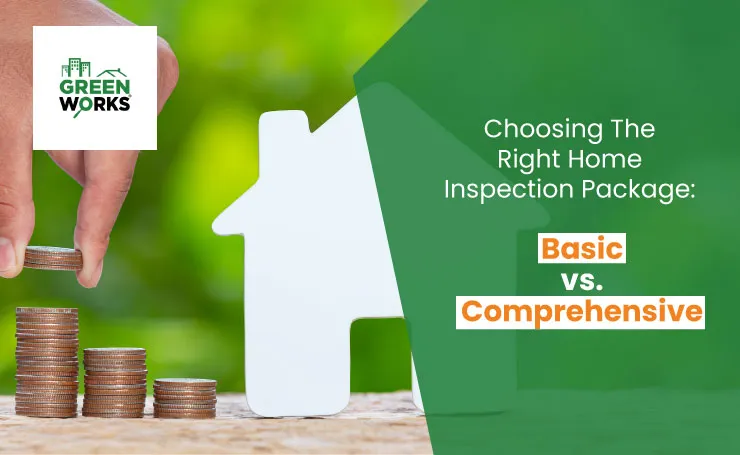Posts
What are the Environmental Factors To Consider During A House Inspection
Home inspection is a really important step while purchasing or selling a home. It helps to move into a home with confidence and live a quality life there. In the detailed process of a home inspection, the inspector looks for every single aspect that can have an impact on the building or on the health of people living there. Along with the structural inspection of the building and the efficiency of appliances and installed systems, a trusted home inspector also proceeds to the environmental home inspection.

What is Environmental Home Inspection?
Environmental home inspection is all about examining if any hazardous substances are present in the home and cause any health risks to the lives of people living there. While environmental testing for homes, a home inspector looks for potential health and environmental hazards within the premises.
Is Environmental Testing for Homes Really Crucial?
Environmental hazards are invisible; they can be felt when the damage is caused by them. That’s why it is really crucial to go for environmental services for homes. In areas that are humid or have high radon levels, environmental inspection is very important.
Environmental Factors to Consider During a Home Inspection
The home inspection is a detailed check on every aspect of the home. In this check, our licensed inspector considers the following factors to detect the presence of any environmental issues in the building:
1. Quality of Air
The inspector considers the quality of air within the home and around the building. The quality of air inside the home is affected by the presence of toxic substances. Poor air in homes contains the following:
Asbestos
Asbestos is a fibrous material found in different materials used in the construction of a house. Doing an environmental inspection, the inspector must check for the presence of asbestos in the air. Its presence can cause severe diseases to the people living in that place.
Radon
Radon is a radioactive gas that enters a home through the soil or water channels. Being radioactive, this gas is hazardous for human beings. Checking the radon levels is the most important part of air quality inspection.
Mold
Mold is found in almost all homes. A little mold in any home is not problematic unless it’s growing rapidly. The mold spores in the air can lead to respiratory problems. That’s why, a frequent mold inspection and its cure are recommended for homes that are located in humid areas.
Lead
The older homes might have lead-based paint. While deteriorating with time, the dust that accumulates on the surface of walls, having lead-based paint, can cause lead poisoning.
2. Quality of the Water
A check on the quality of water is a crucial part of the environmental inspection of a home. In water testing, the inspectors check for the presence of contaminants like bacteria, chemicals, or heavy metals. The presence of any such contaminants in water can make it hazardous and unfit for use. The inspector, at the time of the home inspection, will check the water being used in the home, and the inspector may see if water is getting stagnant at any place in the building.
3. Energy Efficiency
An energy-efficient home is appreciated for producing less pollution. The sustainable approach helps the homeowners to pay less for utilities and keep it safe for the residents. In an energy efficiency check, the inspector may look for the home appliances and the HVAC systems.
4. Check on Pest Infestation
Pest check is a critical task for the home inspector, following the traces of pests and checking the signs of infestation. If there are signs of poor pest control and management, the house may rank low in environmental home inspection.
5. Outdoor Factors
In outdoor factors, the status of the roof, shingles, and windows is checked to see if the air and dust enter into the home through anywhere. Secondly, the debris in gutters and poorly maintained downspouts are also inspected in an environmental home inspection. Pooled water around the building impacts cleanliness and causes different problems.
What if Your Home Fails in Environmental Testing?
Failing to do any environmental check is not a red flag for the building. It is right that it’s unsafe to live in a home that is not environment-friendly. However, environmental concerns can be identified and fixed. The sole purpose of environmental home inspection is to ensure a healthy lifestyle. This is the reason to conduct frequent environmental inspections of your home.
Conclusion
During a detailed home inspection, the reputable home inspectors of GreenWorks Inspections don’t miss any of the environmental factors that can impact the health of people living in that home. If your place seems to have any of the above mentioned factors, it may deteriorate the health of the residents silently. It is better to book environmental services and maintain your home for safe and healthy living.



